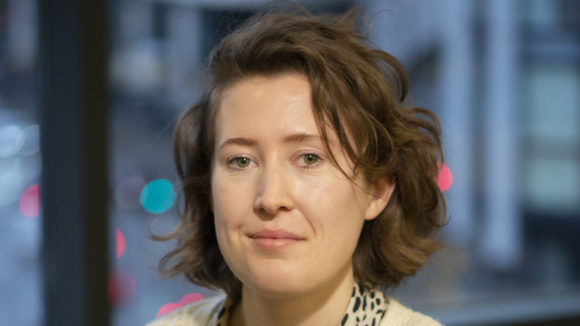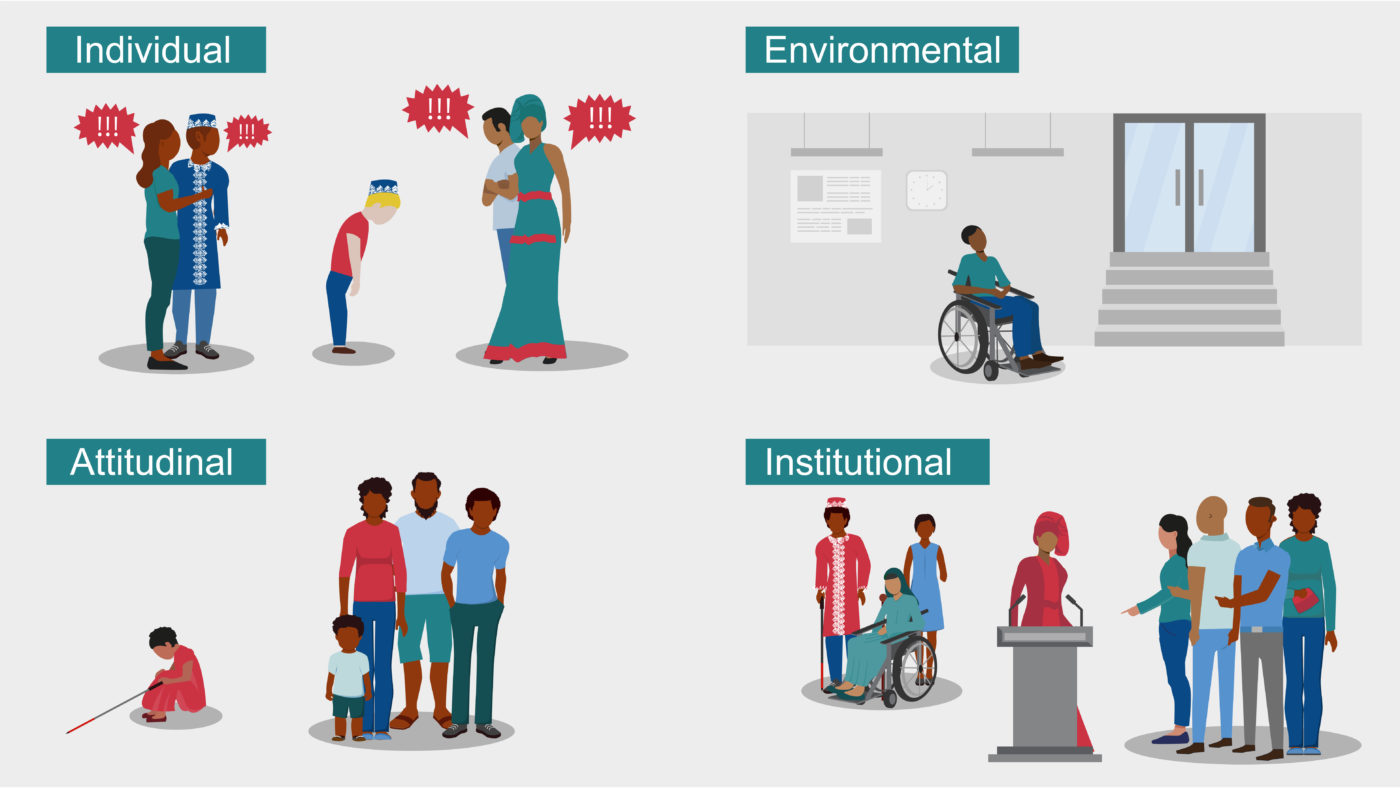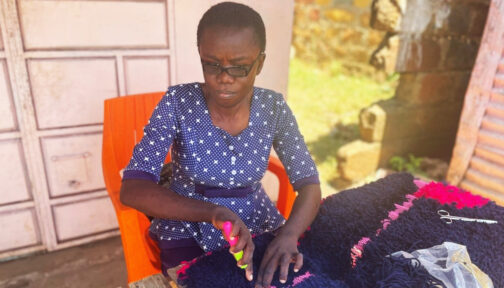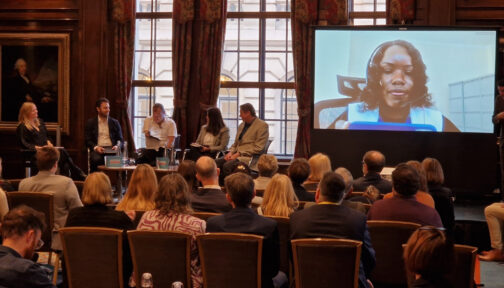Key barriers affecting access to and uptake of family planning for people with disabilities
Accessible and quality sexual and reproductive health (SRH) information and services to people with disabilities is an obligation under international human rights.
The Convention on the Rights of Persons with Disabilities, or the CRPD as it is commonly known, sets out explicitly that people with disabilities retain their fertility on an equal basis as others. It sets out that people with disabilities should be provided with the same quality and standard of free or affordable health care, including sexual and reproductive health.
Also, people with disabilities have the right to decide freely and responsibly on the number and spacing of their children and to have access to age-appropriate information and education about their reproductive health. However, evidence indicates that people with disabilities face multiple barriers to fulfilling their rights.
The evidence base on family planning for women and girls with disabilities has grown rapidly over the past decade. However, there remain considerable gaps in the evidence base on good practice on increasing fully free and informed contraceptive choices for women and girls with disabilities. Although there are many organisations and projects working on this issue, interventions are often not well evaluated or documented.
Available evidence shows that for people with disabilities, pre-existing barriers to SRH have been exacerbated by the COVID-19 pandemic. Many long-running development programmes, including SRH, are not designed with inclusion in mind – leading to a lack of consideration of persons with disabilities in activities and monitoring and evaluation. (Buchy et al., 2017; Wapling, 2018).

Factors affecting the uptake of SRHR information and services for people with disabilities can be individual, environmental, attitudinal and institutional.

Barriers can also differ depending on the types and severity of impairment and can require different solutions to access and uptake of sexual and reproductive health and rights (SRHR) services.
It is important to note that people with disabilities are not a homogenous group. Services and information need to be tailored to ensure SRHR services are accessible to women and girls with disabilities (Plan, 2017). Particular gaps in the evidence and priorities for future research include a lack of systematic examination of how interventions can best address intersecting inequalities such as:
- Disability
- Gender
- Race/ethnicity
- Age
- Caste
- Sexual orientation
- Religion
- Barriers and good practice for people with psychosocial disabilities
- Access to family planning for people with disabilities during the COVID-19 pandemic (or a pandemic situation)
- Good practice in increasing access to family planning for women and girls with disabilities in humanitarian contexts
Given these multiple barriers, most studies and experts consulted highlighted the need for a multi-component approach using a range of tailored strategies. Examples of promising practices include:
- Engaging women and girls with disabilities in the development of SRHR policies and programmes
- Improving awareness of people with disabilities on contraceptive methods and services
- Tailoring awareness-raising and educational messages on SRHR for people with disabilities
- Addressing attitudinal barriers with caregivers and communities and providing them with training on disability awareness
- Addressing negative attitudes amongst health care workers through training on disability awareness, gender equity and sign language while ensuring informed contraceptive choice
- Collecting disability disaggregated data
- Engaging family members in family planning interventions to get caregivers’ buy-in
- Create an enabling environment to improve access and uptake of family planning
- Collecting data to generate new knowledge to help improve the planning of policy and services for women and girls with disabilities
Resources
Sightsavers’ accessibility standards have helpful guidelines to help develop national accessibility standards, assess existing health infrastructure and guide the development of new health facilities.
Learn more
To read more about sexual and reproductive health and rights (SRHR) and disability inclusion, download Inclusive Futures partner SD Direct’s evidence digest here. To download the easy-read version, click here.
"People with disabilities are not a homogenous group. Services and information need to be tailored to ensure they are accessible"
More news and opinions

Global Disability Summit 2025: Closing the gap between disability inclusion and development
Inclusive Futures is attending the summit in Berlin on 2-3 April. Visit our booth or attend our panel event to connect with us and learn more about our programme insights.

Sense International wins prestigious Zero Project award for its work with entrepreneurs with disabilities
Sense International has won a 2025 Zero Project Award for empowering individuals with deafblindness and complex disabilities in Kenya to build successful businesses and achieve financial independence.

Driving change: launching the six principles for inclusive development
Inclusive Futures and the UK Foreign, Commonwealth & Development Office marked International Day of People with Disabilities by jointly hosting an event to launch the six principles for inclusive development.
Sign up to Inclusive Futures emails today
Sign up to Inclusive Futures emails today
Want to hear more from Inclusive Futures? Sign up to receive the latest research from our programmes and resources to help make your work inclusive of people with disabilities.
For more information see our privacy policy